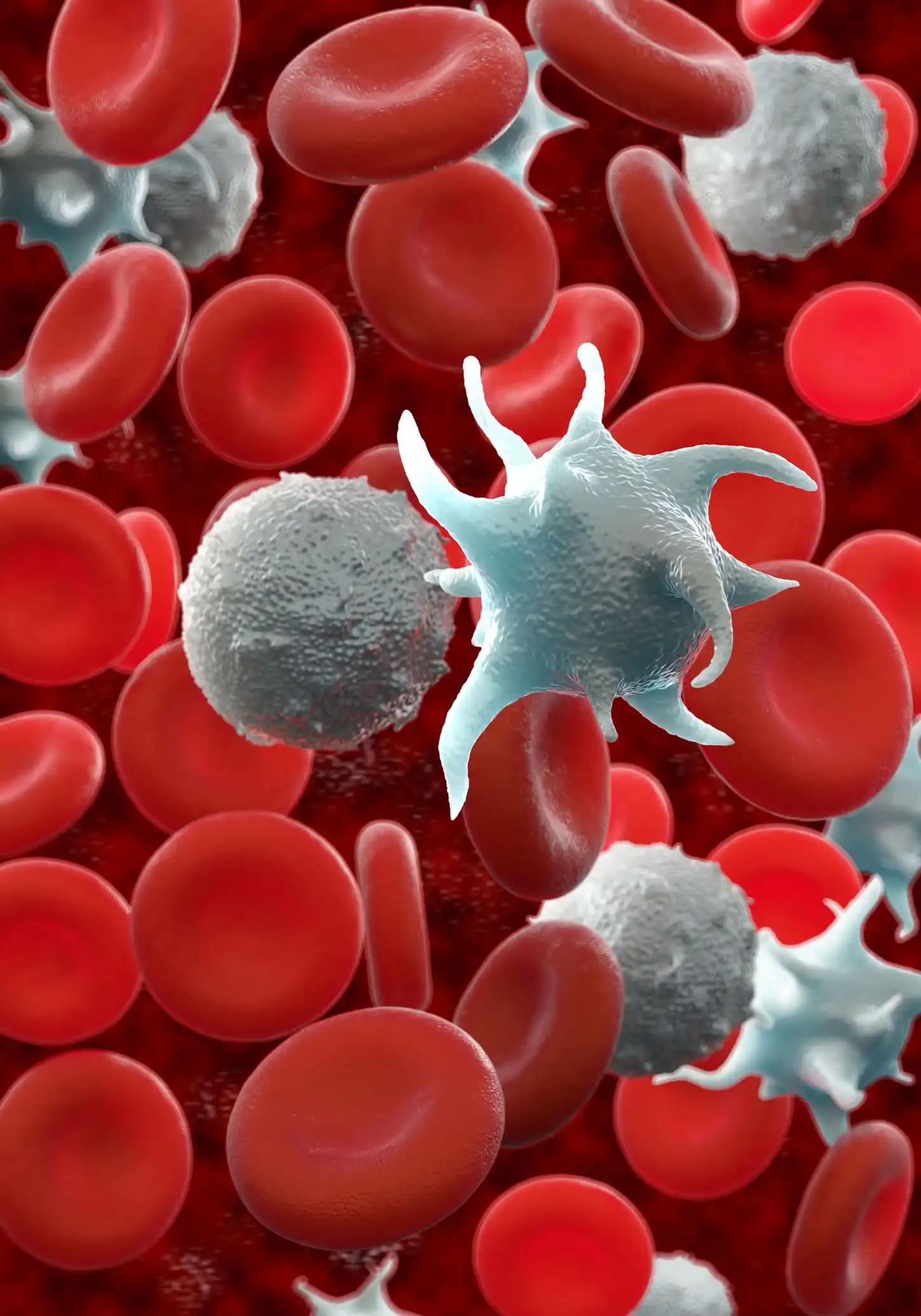KEY TAKEAWAYS
- The AUGMENT-101 interventional phase 2 trial aimed to evaluate Rev’s efficacy/safety in R/R KMT2Ar leukemia.
- The primary endpoint was to assess safety, tolerability, and CR+CR with CRh rates Rev.
- The results demonstrated that Rev outperformed in pretreated KMT2Ar leukemia, exceeding expectations and prompting early trial stops for efficacy.
The majority of patients (pts) with rearrangements involving histone-lysine N-methyltransferase 2A (KMT2A) in acute leukemia experience relapse following traditional chemotherapy and hematopoietic stem cell transplant (HSCT). In adults undergoing ≥2nd salvage therapies, remission rates after relapse (complete remission (CR), are low at 5%) with a median overall survival(OS) of 2.4 months (Blood Cancer J. 2021;11[9]:162). In KMT2A leukemia, the interaction between menin and KMT2A fusion proteins is crucial in leukemogenesis. There are currently no approved therapies targeting the menin-KMT2A interaction.
Revumenib (SNDX-5613; Rev), a small-molecule inhibitor of menin-KMT2A interactions, exhibited promising efficacy and safety in a phase 1 study involving relapsed/refractory (R/R) KMT2A-rearranged and nucleophosmin 1-mutated (NPM1m) acute leukemias.
Ibrahim Aldoss and his researchers presented topline data on efficacy and safety for pts with R/R KMT2A-rearranged acute leukemia treated with Rev.
Patients aged 30 days or older with R/R KMT2A acute leukemia were enrolled in cohort A (acute lymphoblastic leukemia [ALL]/mixed phenotype acute leukemia [MPAL]) and cohort B (acute myeloid leukemia [AML]). This analysis did not include cohort C, which continues to enroll pts with NPM1 mutations. Patients received Rev (163 mg or 95 mg/m2 if body weight <40 kg) q12h orally, along with a strong cytochrome P450 3A4 inhibitor, in 28-day cycles. Treatment persisted until unacceptable toxicity or the absence of at least a morphological leukemia-free state (MLFS) after four treatment cycles.
The primary objectives were to assess the safety and tolerability of Rev and CR + CR with a partial hematologic recovery (CRh) rate. The key secondary endpoints included the composite CR rate (CRc, including CR, CRh, CR with incomplete platelet recovery [CRp], and CR with incomplete count recovery [CRi]) and overall response rate (ORR, CRc, MLFS, and partial remission). A planned interim analysis (IA) was conducted for the pooled data of adult and pediatric pts with KMT2A-rearranged acute leukemia.
Around 94 pts received ≥1 dose of the study drug and were included in the safety analysis. The median age of these pts was 37.0 years (range, 1.3-75.0). Among the 94 pts, 23 (24.5%) were below 18 years, and 13 (13.8%) were aged 65 years or older. Most pts (83%) had AML, while 16 pts (17.0%) had ALL or MPAL. More than half of the pts were female, and 17.5% were non-White. Patients had undergone extensive prior treatments, with a median of 2 (range, 1-11) prior lines of therapy. 41 pts (43.6%) had received≥3 prior lines of therapy. Among the pts, 54 (57.4%) had refractory relapse disease (unresponsive to the most recent salvage treatment), and 47 (50%) had undergone prior HSCT.
Treatment-related adverse events (TRAEs) were reported in 81.9% of the safety population. The most common TRAEs (≥20%) included nausea (27.7%), differentiation syndrome (26.6%), and QTc prolongation (23.4%). Grade ≥3 TRAEs were observed in 51 pts (54.3%), with differentiation syndrome (16.0%), febrile neutropenia (13.8%), and QTc prolongation (13.8%) being the most common. Overall, 6.4% of pts discontinued therapy due to TRAEs, and none discontinued Rev due to differentiation syndrome or QTc prolongation.
The pooled efficacy population for IA (n=57) pts from the phase 2 study with centrally confirmed KMT2A rearrangements and at least 5% blasts in the bone marrow at baseline. These pts had received at least one dose of the study drug and began treatment on or before the 38th adult AML efficacy evaluable pts. The IA was planned to occur after these 57 pts had been followed for 6 months. After a median follow-up of 6.1 months, 13 pts(22.8% [95% CI, 12.7-35.8%]) achieved CR+CRh, surpassing the predefined IA efficacy boundary for the pooled KMT2A-rearranged population.
The CR+CRh rate was similar in adult and pediatric pts. The median duration of CR+CRh was 6.4 months (95% CI, 3.4-not reached). The CRc was 43.9% (95% CI, 30.7-57.6%), and the ORR was 63.2% (95% CI, 49.3-75.6%). Among pts with a CR or CRh response and with reported measurable residual disease (MRD) status, (7/10, 70.0%) achieved MRD negativity. Similarly, among pts with CRc and reported MRD status, 68.2% (15/22) achieved MRD negativity. Fourteen out of 36 responders (38.9%) proceeded to HSCT, with half resuming rev post-HSCT.
The result concluded that Rev demonstrated remarkable efficacy in heavily pretreated KMT2Ar leukemia pts achieving high response rates, significant MRD negativity, and even enabling subsequent stem cell transplants. The study was sponsored by Syndax Pharmaceuticals.
Source: https://ash.confex.com/ash/2023/webprogram/Paper192042.html
Clinical Trial: https://clinicaltrials.gov/study/NCT04065399
Aldoss I, Issa GC, Thirman M, et al. “Revumenib Monotherapy in Patients with Relapsed/Refractory KMT2Ar Acute Leukemia: ToplineTopline Efficacy and Safety Results from the Pivotal Augment-101 Phase 2 Study” Presented at ASH 2023. (Abstract: LBA-5).



